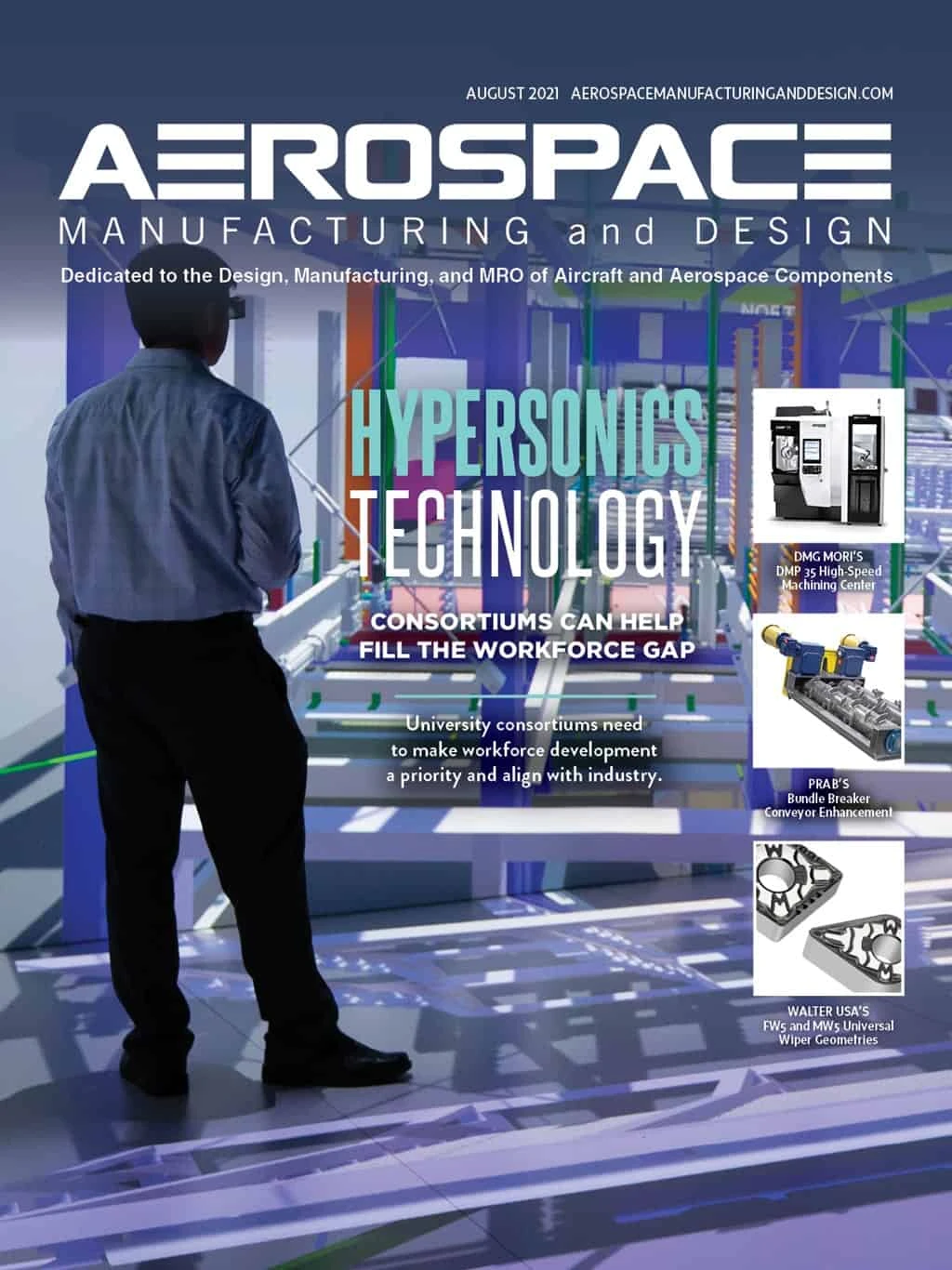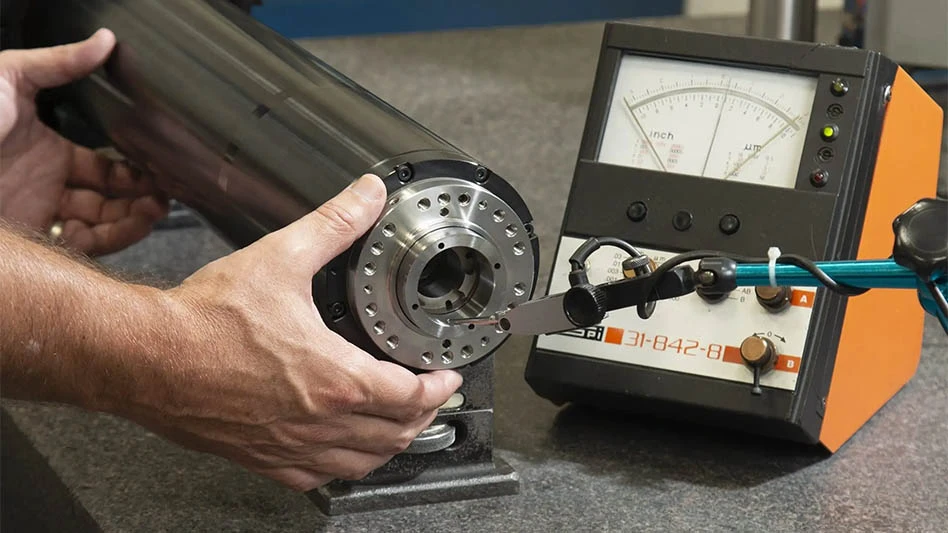
Pilot training will be essential in transitioning advanced air mobility (AAM) from experimental flying of electric vertical take-off and landing (eVTOL) aircraft to safely integrating them into the national airspace system (NAS).
While more than $8 billion has been invested in developing eVTOL aircraft for urban air mobility (UAM) use as air taxis, for cargo delivery, and in emergency response, little has been directed toward training pilots. So, it’s welcome news – and a sign of the evolving maturity of UAM – that eVTOL pioneer Volocopter is partnering with global simulation and training company CAE to develop, certify, and deploy pilot training for eVTOL operations.
Known for its immersive flight simulators, CAE plans to leverage its knowledge of artificial intelligence (AI), virtual reality (VR), mixed reality (MR), and data analytics to create UAM-centric courseware.
CAE will expand its worldwide training network by investing up to $40 million to meet Volocopter’s projected pilot demand in the early years of operation, which includes the 2024 Olympic Games in Paris, followed by other city operations within the next five years. Volocopter will purchase a simulator from CAE to train and certify its pilots.
Although the goal for UAM may be autonomous flight, the aircraft initially must be proven safe with a competent pilot on board. Many pilots will be needed as analysts from global management consulting firm McKinsey & Co. estimate UAM will require nearly 60,000 pilots by 2028.
CAE’s recently published AAM pilot training whitepaper notes that creating UAM pilots requires collaboration between original equipment manufacturers (OEMs), operators, civil aviation authorities (CAAs), and trainees. The whitepaper describes a day in the life of a UAM pilot, a sobering reminder of the skills and tasks a prospective UAM pilot must master and training simulations must include.
UAM pilots will be like today’s commercial aircraft pilots, except eVTOL aircraft will share airspace with other aircraft in confined, intra-city vertiports and on top of high-rise buildings. Pilots must manage flights close to other vehicles, be alert, and react should other aircraft deviate from their planned course. UAM pilots will also face urban microclimate weather and communication-blackout zones, while performing 2-to-4 takeoffs and landings per hour rather than 2-to-4 per day.
CAE’s experts urge UAM OEMs to work with training equipment manufacturers early to tailor simulation solutions to pilot training needs, since prototype simulator certification can take up to 2 years, depending on simulator specs and completeness of real-world aircraft data.
In addition to high-fidelity simulations, pilots will likely need instruction in aircraft with dual controls to be qualified, so OEMs should consider offering a training version of their eVTOL aircraft.
Pilot training and certification must be established now to ensure UAM meets its ambitious entry-into-service timeline. – Eric
Get curated news on YOUR industry.
Enter your email to receive our newsletters.
Explore the August 2021 Issue
Check out more from this issue and find your next story to read.
Latest from Aerospace Manufacturing and Design
- AviLease orders up to 30 Boeing 737 MAX jets
- 256-piece general maintenance tool kit
- JetZero all-wing airplane demonstrator achieves milestones
- Cermet indexable inserts for medium turning operations
- Trelleborg acquires Aero-Plastics
- Industrial automation products, enclosed encoders
- #61 - Manufacturing Matters: CMMC roll out: When do I need to comply?
- AIX shows aircraft interiors are a strategic priority for global airlines







